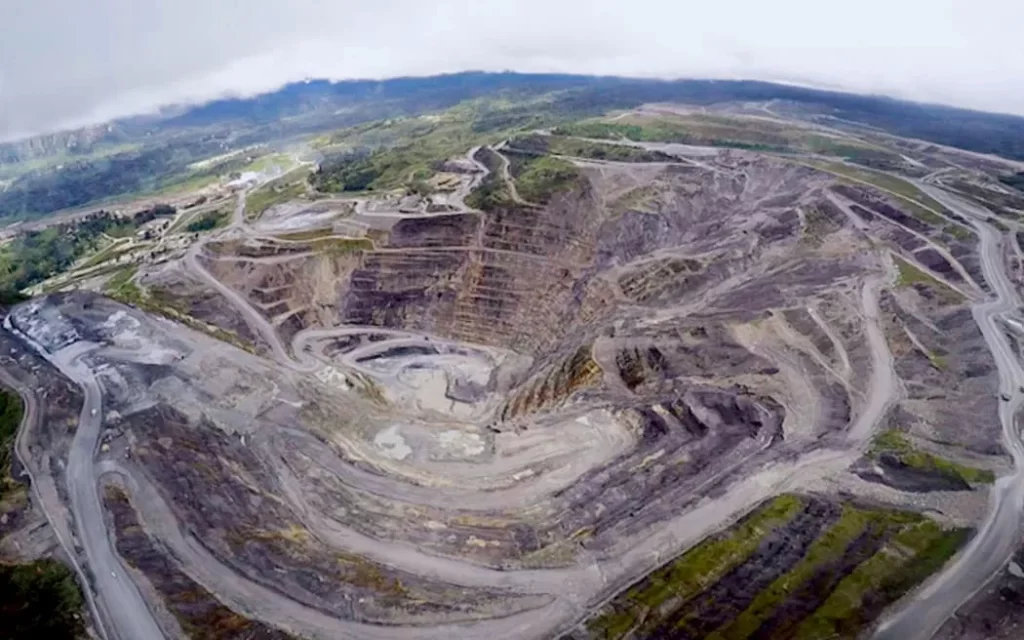Sir Peter Ipatas, Governor of Enga Province in Papua New Guinea, has recently voiced serious concerns over the future of the Porgera Gold Mine, warning that its safety and sustainability are at risk due to the lack of a finalized community development agreement.
Although the mine resumed operations last year, ongoing disputes between the national government and other stakeholders over lease agreements have left its long-term prospects uncertain.
Since its reopening, and with the Wapu-Gani Government gaining majority control over the mine, tensions between the national and local authorities have temporarily eased. However, a core clause of the agreement remains unsettled: ensuring that the surrounding communities, particularly those directly affected by the mine’s operations, receive tangible benefits.
The continued delay in finalizing the community development agreement has triggered widespread dissatisfaction and anxiety.
Governor Ipatas has spoken out candidly, stating that the communities, landowners, and the Enga Provincial Government are all deeply concerned about the issue.
He emphasized that the failure to finalize the agreement poses a major threat to the region’s development.
“There are many serious problems and challenges in Porgera and the wider Enga region. All parties must work together to resolve them to ensure uninterrupted and sustainable operations at the mine,” he said.
His appeal not only reflects the concerns of the local government but also directs attention to the role of the national government and the Mineral Resources Authority. He publicly demanded that both entities provide clear explanations to all stakeholders for the prolonged delay.
The importance of the Porgera Gold Mine to Papua New Guinea’s economy is undeniable. The mine has contributed significantly to national revenue and has also played a crucial role in creating employment and supporting infrastructure development in Enga Province and surrounding areas.
However, if profit-sharing and community development agreements continue to be delayed, public trust in the government will inevitably erode.
People in Enga are no longer satisfied with empty promises—they urgently want to see concrete action.
Governor Ipatas’s public statement appears to be an attempt to build a communication bridge between the national government and the mining giants, ensuring that resources are distributed fairly and that sustainable development reaches local communities.
Yet, the issues at Porgera are not limited to a single agreement. They reflect a broader structural problem in Papua New Guinea’s resource development strategy—how to balance the interests of the national government, local authorities, and affected communities; how to ensure that resource extraction genuinely benefits the local population, rather than merely enriching the elite.
If these concerns are not addressed properly, the future of the Porgera Gold Mine will remain fraught with uncertainty.
For the PNG government, finding this balance between resource exploitation and public welfare is the true litmus test of its governance capabilities.


